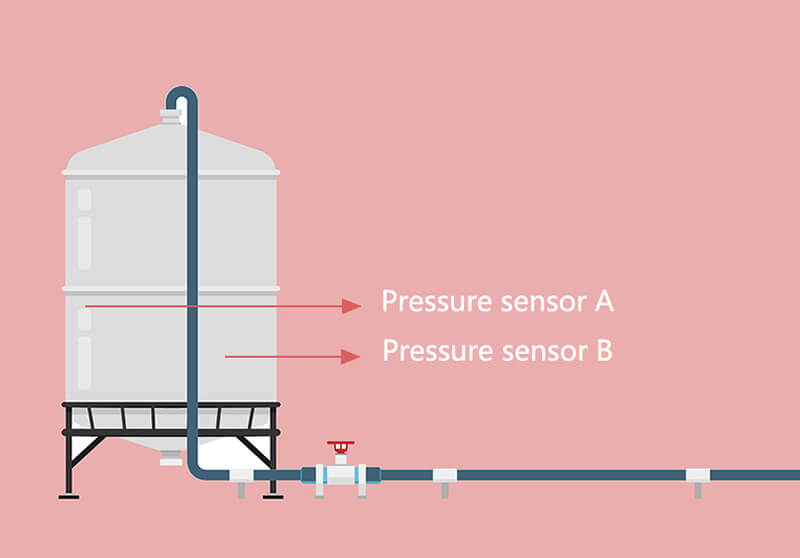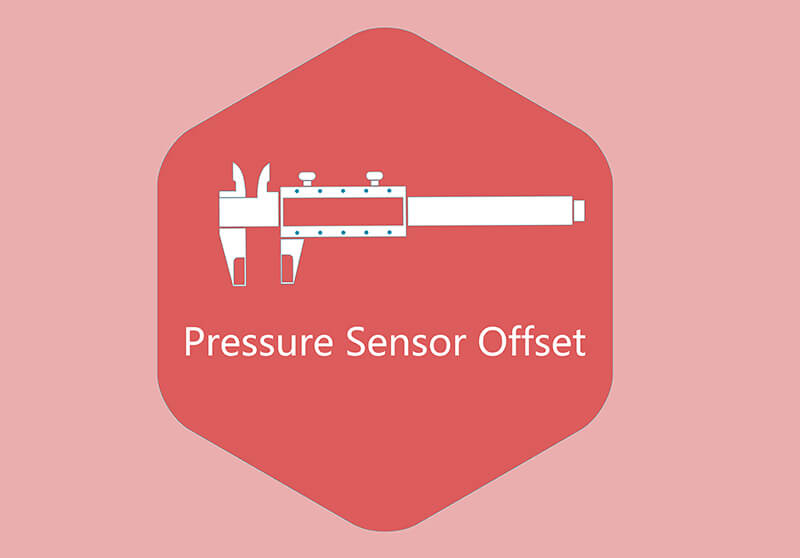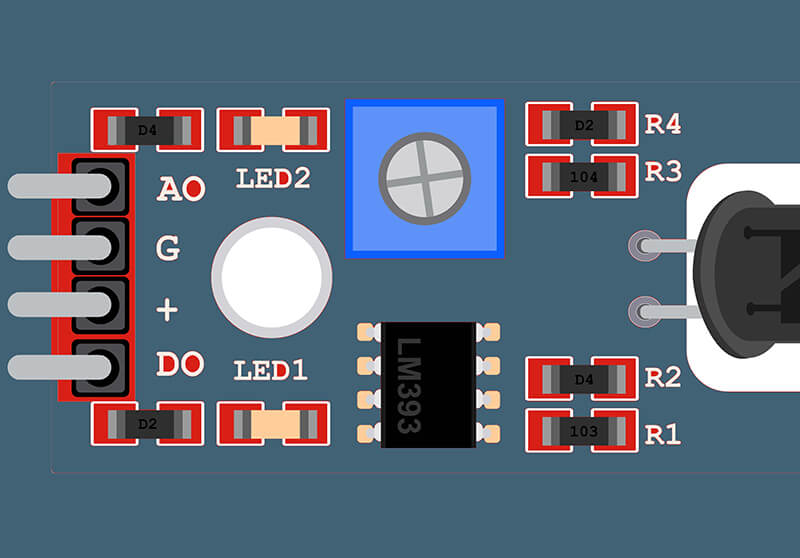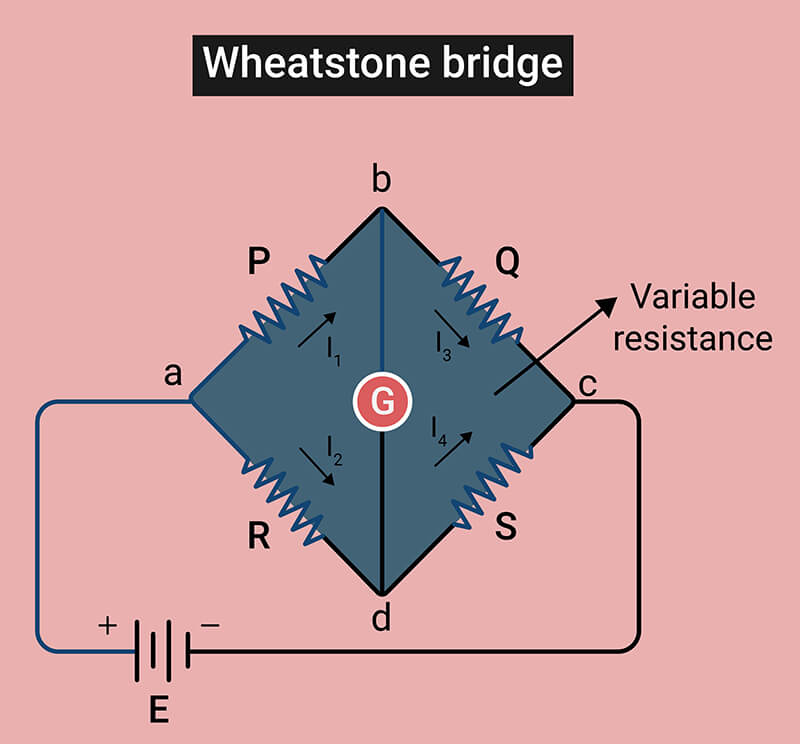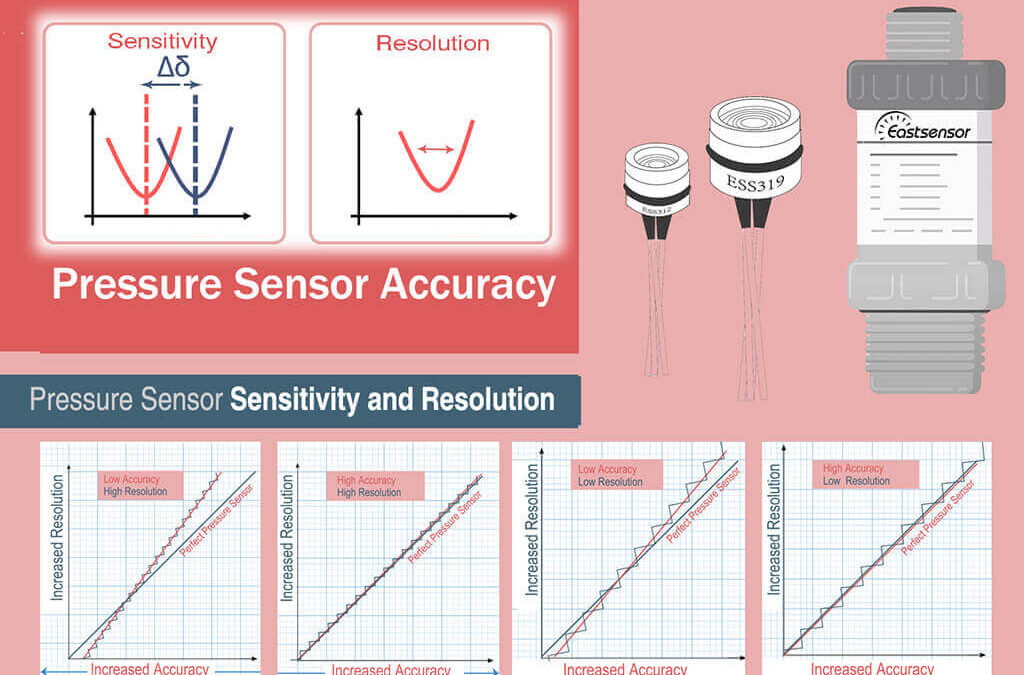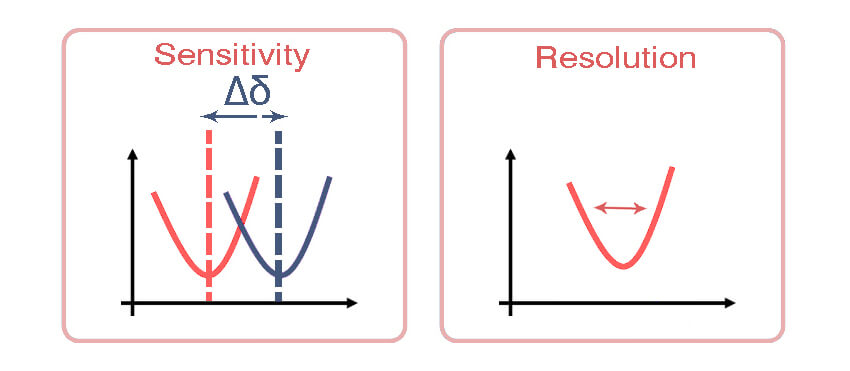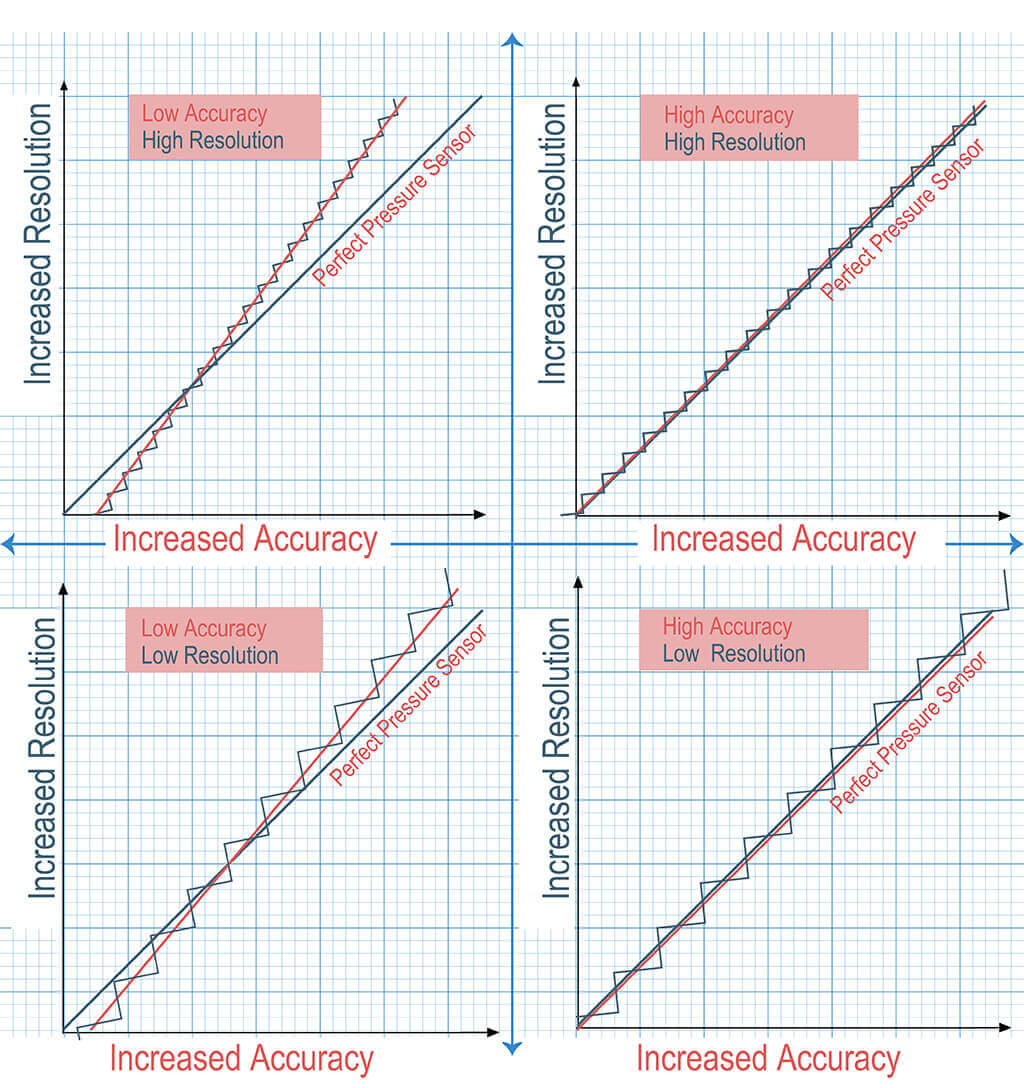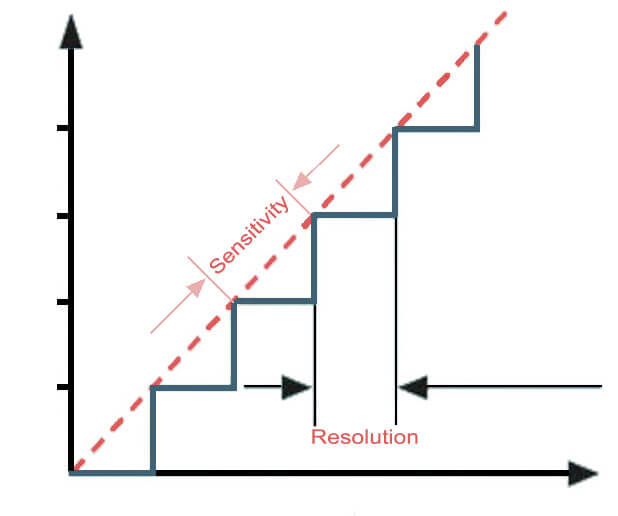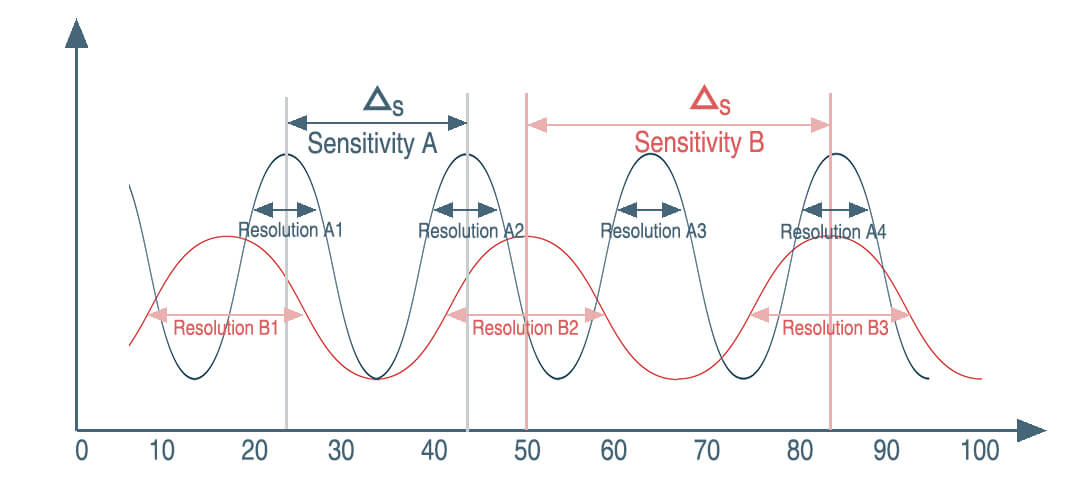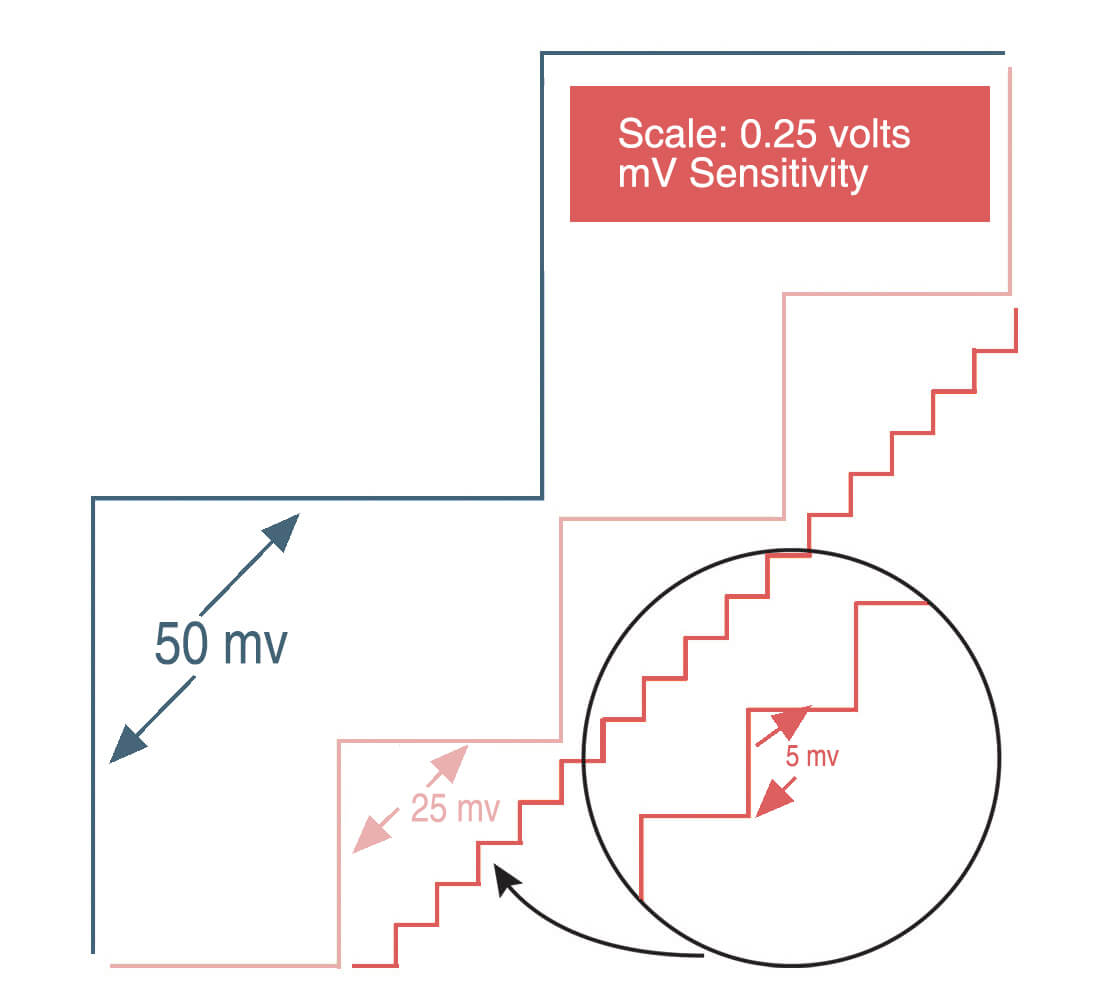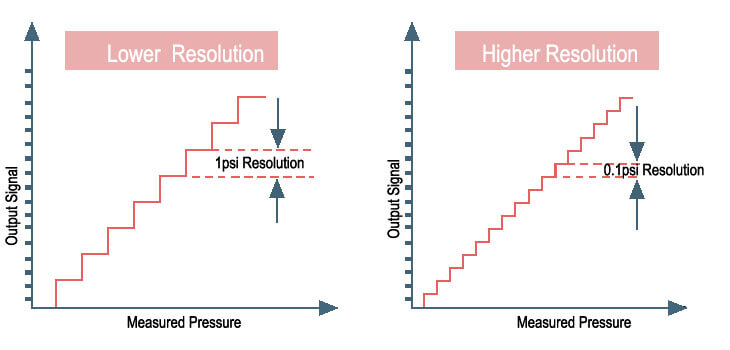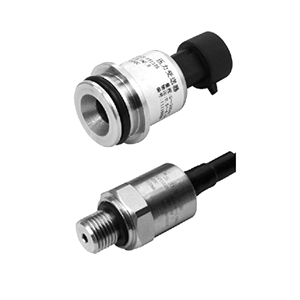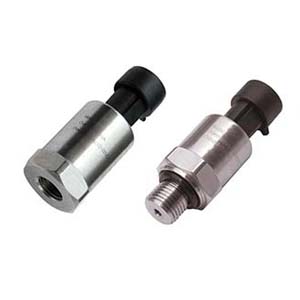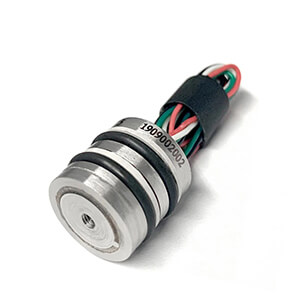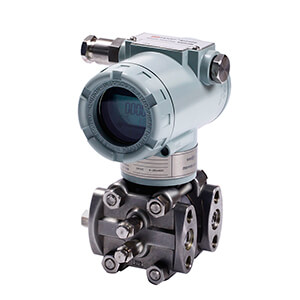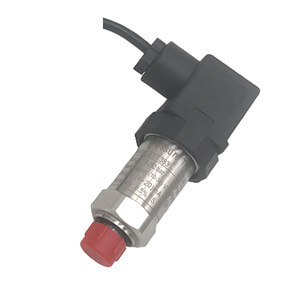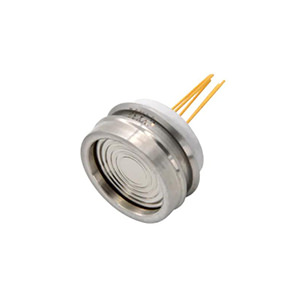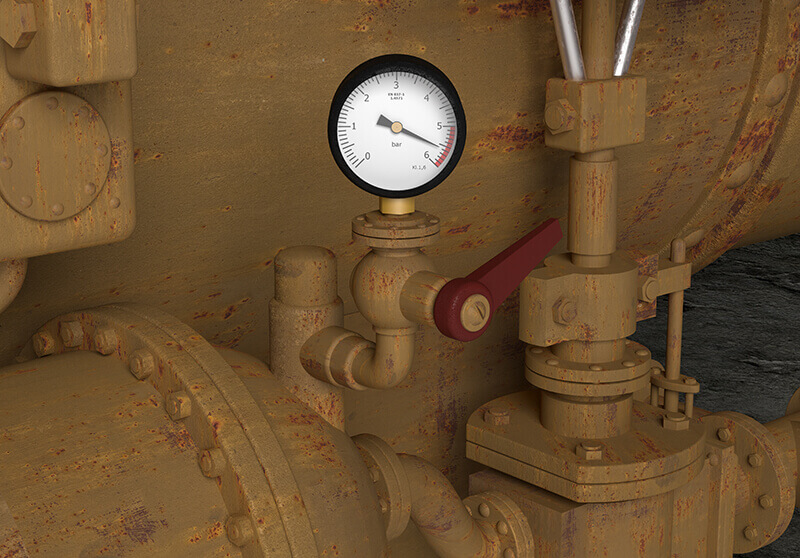
Pressure Sensor Aging
Overview of pressure sensor aging
Pressure sensor aging refers to the gradual degradation in sensor performance over time. This is a natural process that can affect the accuracy, sensitivity, and overall lifespan of a pressure sensor.
Let’s consider a piezoresistive pressure sensor as an example. A study shows that such a sensor, exposed to an operating temperature of 70°C, demonstrated a drift of about 0.5% of the full-scale output per year due to thermal aging. This indicates that the sensor’s output could be off by about 0.5% after one year of operation at this temperature, which might be significant depending on the application.
Factors that lead to aging in pressure sensors
There are several aging mechanisms that can contribute to the degradation of a pressure sensor:
- Material fatigue
- Sensing element
- Thermal aging
- Chemical degradation
- Stress relaxation
Let us take them into overlook one by one
1. Material fatigue
The most flexible and stressed part is the thin diaphragm that bends with each pressure change. It’s typically made of silicon, ceramic or metal.
Over millions of flexing cycles in a sensor’s 5+ year life, very small cracks slowly develop in the diaphragm material on an atomic scale we can’t see.
Data sheets show that after 10 million flexes, silicon may fatigue 5% and become slightly stiffer. Ceramic can fatigue up to 8% over 10 years.
A stiffer diaphragm doesn’t flex as easily, so the sensor’s sensitivity calibration shifts 0.1% annually as it gets harder to flex.
By year 5, fatigue could cause a 0.5% decrease in sensitivity. Readings would be slightly off.
Metal can fatigue even more at 15% over 8 years, dramatically altering the sensor’s performance long before its rated lifespan.
Click to check: Pressure Sensor Materials
2. Sensing element
The most important part of a pressure sensor is the sensing element that converts pressure into an electrical signal. There are a few common types:
Piezoresistive sensors use a thin silicon diaphragm with printed strain gages. As the diaphragm bends, the gages change resistance in relation to pressure. Over 5+ years, flexing causes these tiny wire-like gages to fatigue by 2-3%.
Capacitive sensors have a diaphragm that moves closer or farther from a plate as it flexes with pressure. After 10 million flex cycles, diaphragm stretching can age the dielectric gap 0.1% annually as it widens very gradually.
Optical sensors rely on a sensing spot that pressure distorts micrometer amounts. Repeated distortion introduces defects over years that cause sensitivity to drift up to 0.05% per year.
Click to check: 5 Pressure Sensor Working Principles You Need to Know
3. Thermal aging
The performance of pressure sensors can degrade under high temperature conditions. Over time, this can lead to changes in sensor sensitivity and accuracy.
All pressure sensors experience changing temperatures as ambient conditions vary daily and seasonally. While compensation circuits help, differences exist.
Over 5+ years, temperature fluctuations take a toll through thermal expansion and contraction of materials with each heat cycle.
Data sheets show adhesives bonding the sensor die may fatigue up to 3% after experiencing 5 million 10°C temperature swings.
Thermal mismatch between the die and surrounding package puts strain on solder joints attaching delicate wiring. Over 10 years joints could loosen 1% from flexing.
Silicon and ceramic sensing diaphragms can experience stress from 100 million heat cycles. This very gradual loading and unloading leads to up to 7% increased brittleness weakening the diaphragm.
Click to check:
- Temperature Cause Pressure Measurement Errors
- Pressure Sensor Temperature Drift
- Pressure Sensor Temperature Compensation
4. Chemical degradation
Many sensors operate in harsh environments exposed to gases, liquids, dirt or saltwater spray. Over time, these contaminants can chemically degrade sensor materials:
Corrosive hydrogen sulfide gas may slowly oxidize a sensor’s gold contacts connecting to wires. Data shows contacts could see resistance increase up to 3% after 5 years of exposure.
Sensors submerged in sea water absorb moisture that creeps into seals and potting. Specs show this can cause bonding to deteriorate 1% annually as water contacts adhesives.
Chemical sensors monitoring toxic waste detect ppm levels for worker safety. But over months, unavoidable particle deposits raise a capacitive sensor’s zero offset by up to 0.2% of its range.
Harsh refinery conditions plague sensors with cumulative contamination equivalent to 5% material property degradation every 2 years.
Click to check:
5. Stress relaxation
All materials inside a sensor are under constant mechanical stress from assembly and long-term exposure to fluctuating pressures. Over many years, this residual stress relaxes very gradually.
For example, encapsulating epoxy potting the sensor components experiences stress each time the diaphragm flexes. Data shows after 10 million pressure cycles, the epoxy may relax up to 3% of its original clamping force on wires and bonds.
Die attach adhesives like silicone also retain compression stresses from wiring being mounted to the sensor IC die. Over 10 years specs show stress levels can reduce by 1%, loosening connections.
Diaphragms made of silicon, ceramic or metal remain under minute flexural stresses while at rest. Long-term relaxation enlarges internal defects by 2% by year 5, contributing to material fatigue effects mentioned earlier.
Why it is crucial to understand and monitor sensor aging
Let’s say an engineer uses a pressure sensor in a machine for 5 years. The sensor specs show it may drift 0.1% each year as parts slowly change.
If we don’t track how much it actually drifts each season, we won’t know if it has drifted 0.5% total by year 5, meaning readings are now off by 0.5% of the full scale.
The sensor might say 100 PSI when pressure is really 99.5 PSI. For a process that needs accuracy of 0.1 PSI, the sensor is no longer useful.
But if we check it each year and see it drifting 0.1% as expected, we can replace it before year 5, preventing errors. Or recalibrate regularly to correct any drift.
Knowing real drift data also helps design better sensors. Engineers compare parts made from different materials to see which ages least over 10 years – just 0.2% drift vs 0.5%.
Understanding sensor aging ensures pressure readings Stay Reliable and processes run safely for many years. Recalibration prevents costly mistakes from aging sensors providing bad information.
Common Signs and Symptoms of Pressure Sensor Aging
Pressure sensor aging can reflect in different ways, affecting the performance and reliability of the sensor, for example
- Decreased accuracy
- Decrease drift
- Sensitivity change
- Response time change
- Pressure reading change
Let’s have a close look at each of these signs.
1. Decreased accuracy and drift over time
All pressure sensors are precision instruments designed to maintain a high level of measurement accuracy, often within 1% of their full scale range.
But natural aging effects slowly degrade sensor materials and performance characteristics over thousands of operating hours.
Data sheets show that even well-made sensors may drift 0.1% of full scale each year due to aging.
After 5 years, total drift accumulates to 0.5% of range. So a sensor that once read 99.999% accurately, might now be off by 0.5%.
For applications requiring measurements within 0.05%, such drift exceeds the error budget.
Similarly, a sensor’s nonlinearity and hysteresis specs may each relax 0.01% per year unnoticed.
But after a decade, the combined 0.1% change impacts whether readings are reliable enough.
2. Changes in sensitivity and response time
All sensors have a sensitivity specification, such as 50 mV/bar, which shows how much the electrical output changes per unit of pressure sensed.
Data sheets show flexibility losses from fatigue can reduce sensitivity by up to 0.1% each year. After 5 years, output is 0.5% lower than new for the same pressure.
Response time is how quickly the sensor reacts to pressure variations. It depends on a flexible diaphragm rapidly bending.
But aging makes materials slightly stiffer over 10 years, slowing bending by 5-10% and dimming the sensor’s ability to capture fast fluctuations.
together, reduced sensitivity and lagging responses indicate the sensor has lost some of the acute pressure-sensing ability it was designed for through natural material changes induced by long operation.
Catching these signature aging symptoms early allows calibrating or replacing the sensor before other specifications like accuracy are impacted beyond acceptable thresholds
3. Unexplained fluctuations in pressure readings
Pressure sensors are designed to provide stable, consistent readings over time. Even small variations in measurement can be problematic.
All sensors have a specified level of accuracy expected, such as readings within 1% of the true value. But aging effects introduce errors that cause readings to spontaneously fluctuate beyond normal tolerances.
For example, fatigue makes diaphragms slightly stiffer year after year. This means inconsistent deflection responding to identical pressures.
Output could randomly fluctuate up to 0.1% more than specifications as the diaphragm doesn’t always flex identically.
Electrical contacts also degrade microscopic amounts with billions of readings. Increased roughness adds noise causing 0.05% additional fluctuations.
After 5+ years, accumulated material changes undermine the sensor’s former precision and read-to-read repeatability.
Seeing unforeseen swings in readings is a tell-tale aging issue flag before other errors grow large enough to fully compromise measurements.
Strategies for Minimizing Pressure Sensor Aging
1. Use Strong Materials
The most critical part of a pressure sensor is the flexible sensing diaphragm that bends with applied pressure. Over many years, all materials slowly weaken from stresses.
Sensor datasheets provide fatigue data on common diaphragm types:
Silicon diaphragms exhibit very low fatigue, with flexibility dropping only 5% after 10 million pressure bends.
Metal diaphragms are weaker, fatiguing 15% over the same cycles and affecting sensitivity earlier.
New ceramic options can fare even better than silicon, holding flexibility steady for over 20 million cycles.
Choosing carefully analyzed, strong materials like optimized ceramics or inelastic silicon avoids premature stiffening from fatigue accumulated over a sensor’s lifetime.
Sensors made with fatigue-resistant diaphragms see output drift stay within 0.1% per year specs for 10+ years of reliable operation, while metals may drift 0.5% annually as flexibility rapidly deteriorates.
Click to check:
2. Protect sensing parts
The most sensitive areas inside a pressure sensor are the thin flexible diaphragm and tiny strain gages or electrodes that generate the electrical signal.
Over time, outside contaminants like dirt, chemicals or moisture can degrade these delicate sensing parts if not shielded.
Data sheets show uncoated sensor diaphragms may experience a 5% larger stiffness increase after just 2 years of exposure compared to sealed units.
Particles getting under the surface add defects accelerating aging effects. Even microdust laying on electrodes can cause 0.2% more offset errors.
But encapsulating the entire sensor die in protective epoxy or silicone coatings prevents external contaminants from reaching vulnerable inside components.
Coated sensors routinely last 3-5 times longer until 0.1% drift levels than unsealed models, maintaining measurement accuracy in harsh environments.
Simple yet effective shielding of key flexible and electrical sensing parts from outside degradation influences keeps pressure sensors operating dependably for their full lifetimes.
3. Avoid temperature swings
All materials expand and contract with heating and cooling. Over many temperature cycles, this repeated mechanical stress accelerates aging failures in sensors.
Datasheets show unprotected sensors experiencing 0-50°C daily swings may drift calibration 0.15% per year faster than units kept at a stable 20°C.
Even minor 5°C fluctuations induce small shape changes totaling internal strain. After 5 million cycles, adhesives could degrade 2% more in bond integrity.
To minimize thermal fatigue:
Heat sinks conduct excess sensor module heat away, smoothing out daily 15°C peak variations into just 5°C max swings.
This reduces aging effects, with drift rates remaining under 0.1% annually specification limits for reliable 10-year use.
Controlling temperature swings lessens material wear, preserving flexibility, connections and seals for longer usable lifetimes free from thermal deterioration impacts on measurement accuracy.
Click to check:
4. Replace regularly
All pressure sensors will slowly drift out of calibration over many years of use due to natural material aging effects.
Data sheets show sensors typically stay within 0.1% accuracy specifications for 5-10 years depending on operating conditions.
But aging is unpredictable. Drift could gradually total 0.5% by year 7, exceeding calibration needs.
Without regular replacement:
Small 0.05% annual errors go unnoticed until impacting critical processes.
Larger 0.1-0.2% shifts may develop, disrupting control systems.
Replacing sensors every 5 years before total 0.5% drift prevents larger mistakes.

